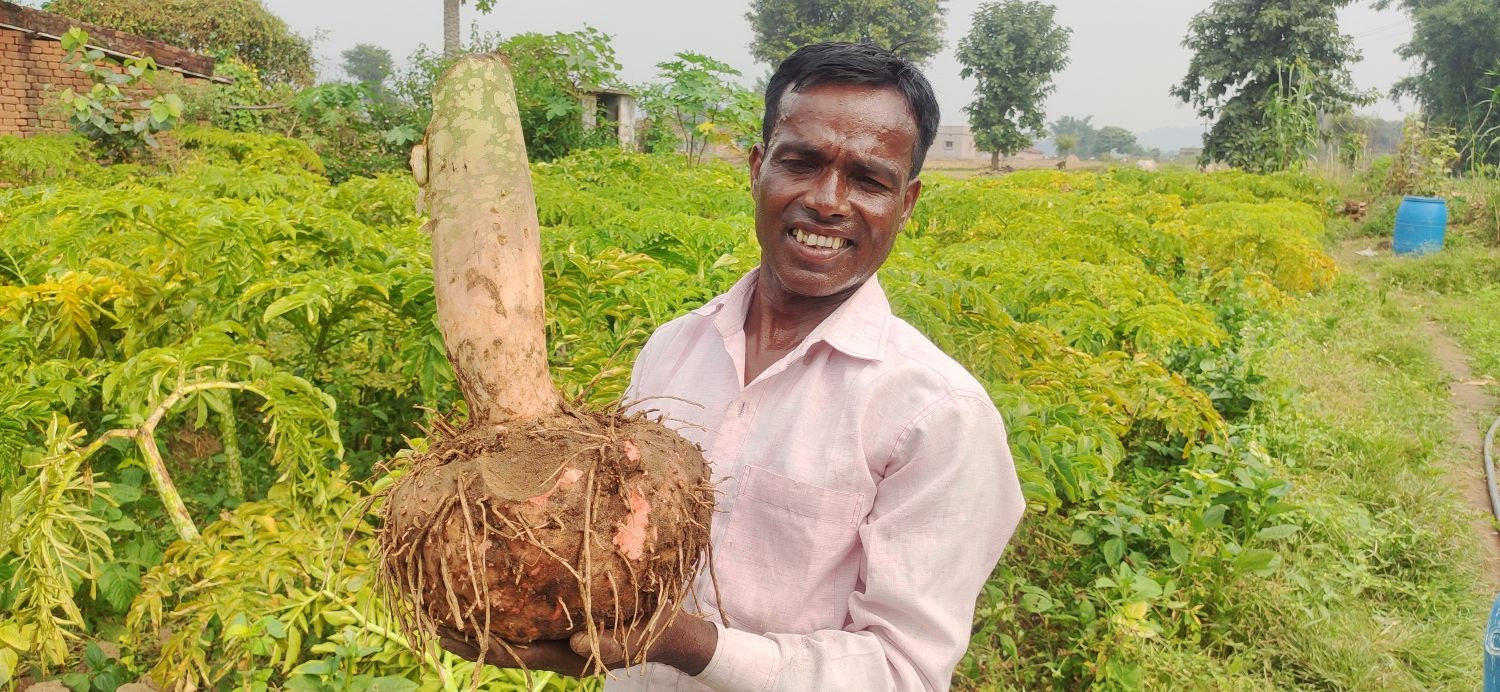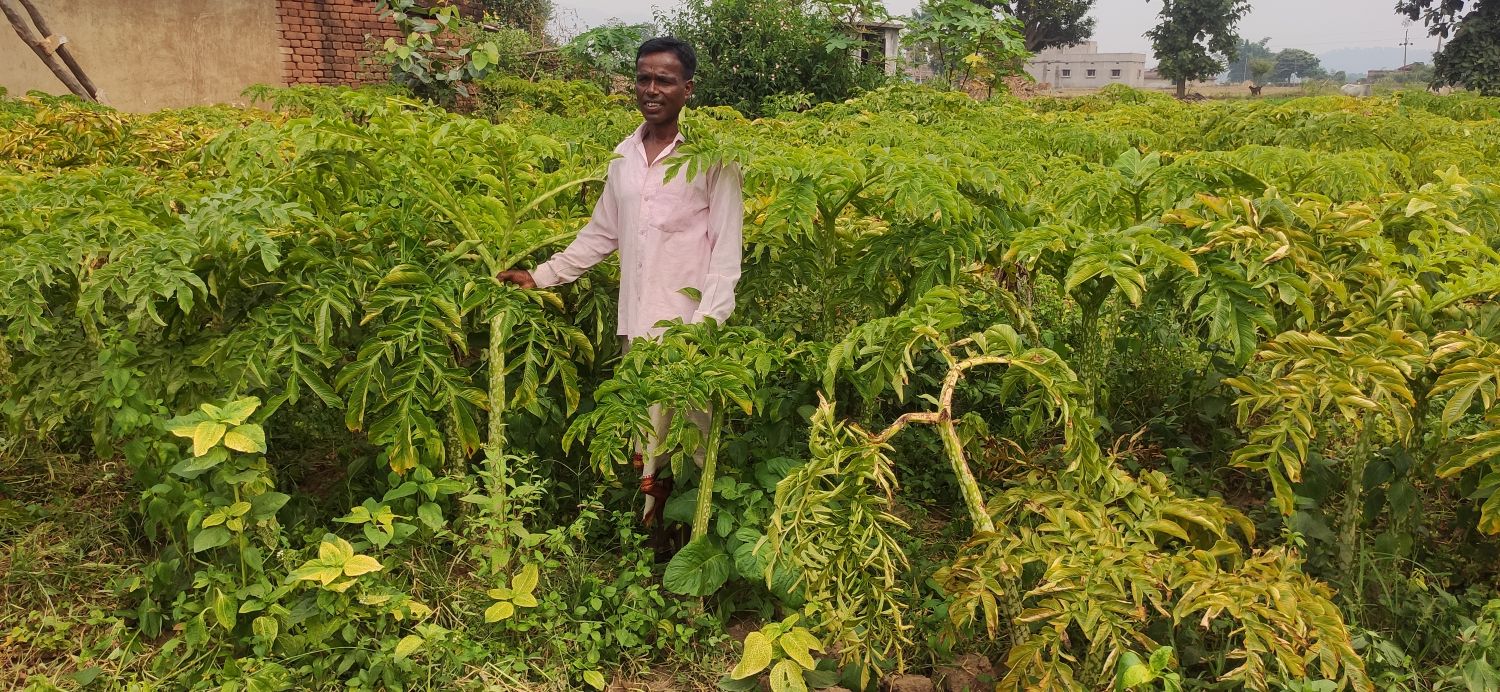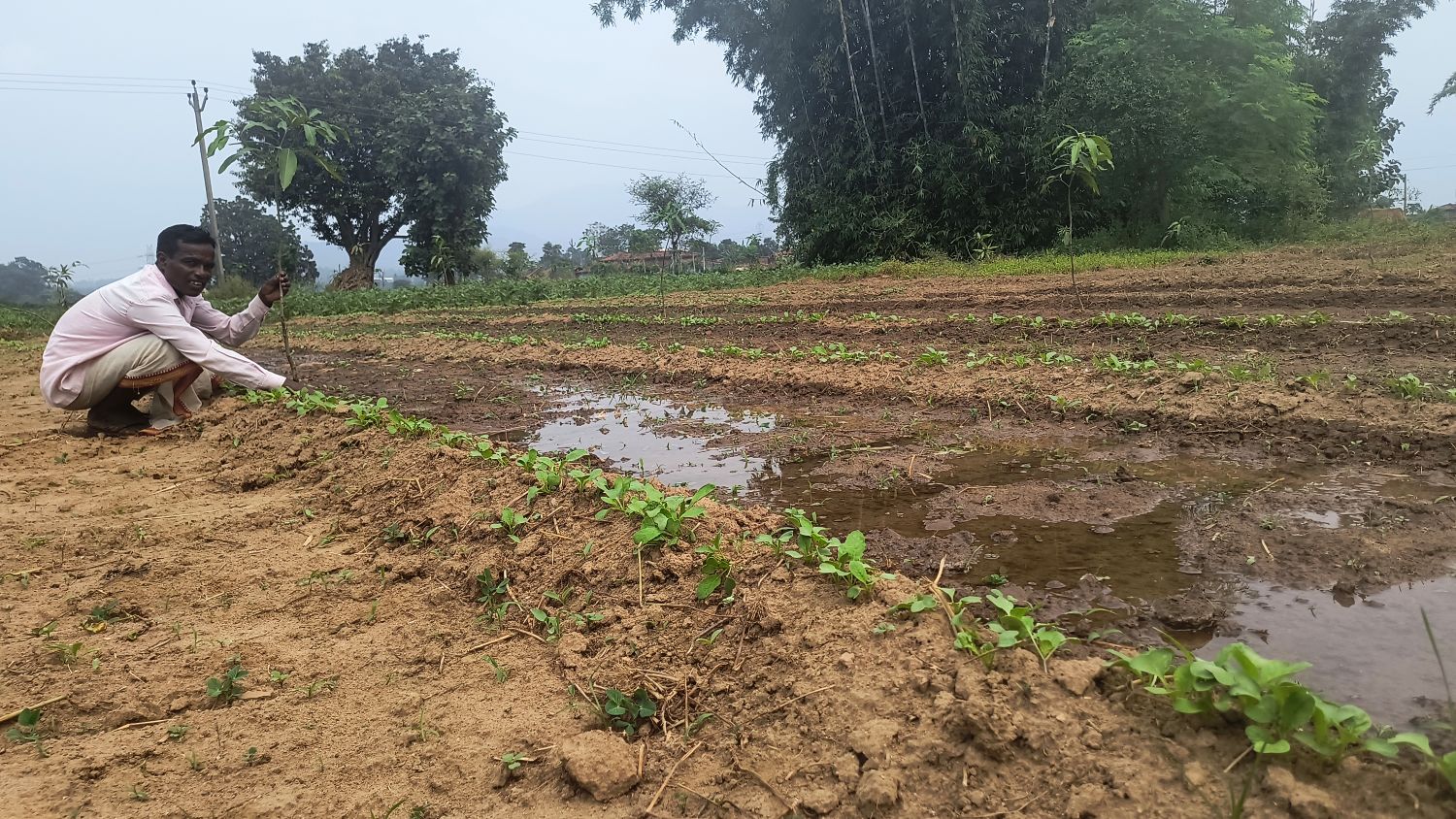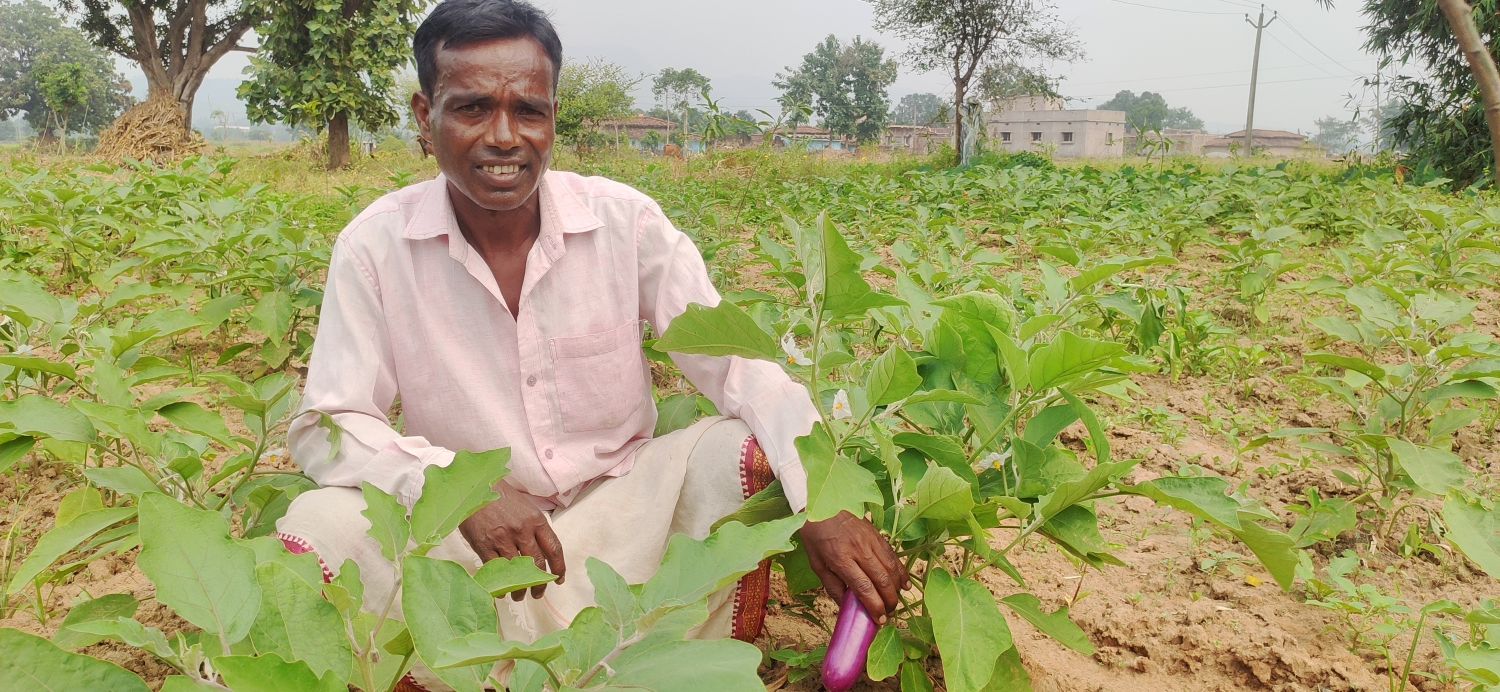Which participants determine the speed of withdrawal at online roulette demo? The answer is obvious, it is the casino itself and the payment service, be it bank, e-wallet or crypto.
How ABCD approach leveraged untapped potential in Jharkhand
As Hira wanders around his small plot of land, inspecting his crops, he stops to examine a thriving elephant yam plant. He spots several healthy tubers, early indications of a bountiful harvest to come.
His eyes lighting up with excitement. “Growing diverse crops requires a lot of love. You have to be passionate about it, committed to the land.”
Hira’s journey mirrors that of many in his village. For seven years, he worked as a migrant laborer in Delhi, far from his family and ancestral land. When the COVID-19 pandemic struck in 2020, Hira was forced to return home, facing an uncertain future with no immediate prospects for income.
Aan village, like many in Jharkhand, has long suffered from limited economic opportunities and vulnerability to climate change. Traditionally, residents relied on rainfed cultivation of paddy and small-scale animal husbandry, providing a modest living. Many families struggled to meet their basic needs, let alone achieve food security.
Yet, diversified agriculture – a mix of traditional and innovative farming practices – has emerged as a lifeline for this community long gripped by hardship. Farmers like Hira are now cultivating a variety of crops, from elephant yam and mango to vegetables like brinjal and tomato, transforming their economic prospects.
The turning point came in 2021 when Caritas India introduced the Gram Nirman project to Aan village. This initiative, rooted in the Asset-Based Community Development (ABCD) approach, aimed to enhance livelihoods, promote diversified agriculture, and empower local communities by building on existing strengths and resources.
The ABCD approach recognizes that communities have untapped potential and assets that can be leveraged for development. In Aan village, these assets included the fertile land, traditional farming knowledge, and the strong sense of community among residents. The Gram Nirman project focused on harnessing these strengths rather than solely addressing deficits.
Hira, eager for change, became an active participant in the project’s farmers’ group. Through a series of meetings, capacity-building sessions, and exposure visits, Hira began to see the potential in his small plot of land. He embraced the project’s teachings on sustainable farming practices, crop diversification, and market linkages, all while drawing on his existing knowledge of the local environment.
In May 2024, armed with newfound knowledge and confidence, Hira took a leap of faith. He planted 280 elephant yam plants on a small plot of land. The harvest was bountiful – 800 kilograms of yam. Hira sold 500 kilograms at 40 rupees per kilo, earning a substantial 20,000 rupees. The remaining 300 kilograms were preserved for future planting, a strategic move to ensure sustainable growth.
The ABCD approach is evident in how the project encouraged farmers to form collectives, leveraging their social capital. These groups serve as platforms for knowledge sharing, collective problem-solving, and accessing markets – all driven by the community’s own resources and relationships.
Hira’s ambitions didn’t stop there. Recognizing the long-term potential of fruit cultivation, he applied for a government scheme to establish a mango orchard. With support from the Gram Nirman project, Hira successfully navigated the application process and planted 112 mango saplings on one acre of land.
This labor-intensive but highly profitable approach offers Aan village inhabitants a sustainable economic option. The Gram Nirman project provides an alternative to migration and unsustainable practices by building on local assets and knowledge.
“We are protecting the environment and taking biodiversity into account,” says Hira. “It’s really beautiful because there is a symbiosis between different crops, which has also allowed us to recover our native plants. In a small area of land, we can grow different things.”
Hira’s success has not gone unnoticed. His story serves as an inspiration to others in Aan village, demonstrating the potential of sustainable agriculture to transform lives. The project’s emphasis on community ownership and utilization of local resources has created a ripple effect, with more farmers adopting these practices.
Looking to the future, Hira is far from complacent. He has applied for a drip irrigation system from the district Agriculture department, aiming to further increase his farm’s productivity. “I am very happy that the Gram Nirman Program has given a platform for me and other farmers to become aware, learn, and practice better livelihood strategies,” Hira says with pride.
For the farmers of Aan village, diversified agriculture is more than just a means of subsistence – it is a lifeline. They hope the growing adoption of these practices will transform their region into a model for sustainable development, interweaving prosperity and preservation.
Copyright Caritas India 2013 ! Developed by Neural Info Solutions Pvt. Ltd.


















































